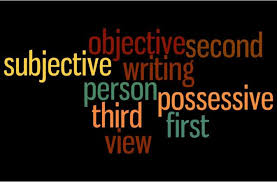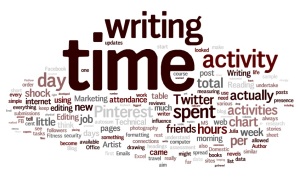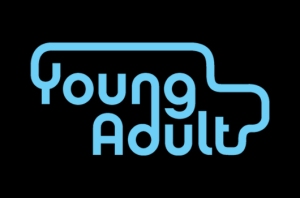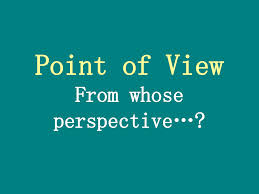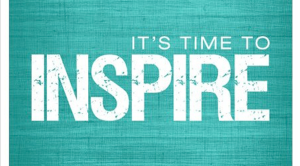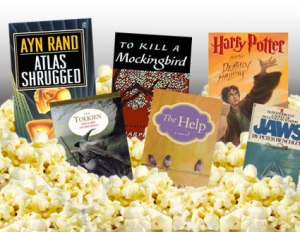There is only way to describe writer’s block. . .
It isn’t easy. It isn’t fun.
At least once in your writing career, you will find yourself facing writer’s block. And it won’t be easy. You’re bound to hit the brick wall sooner or later. And it will suck, bad.

What’s the cure to writer’s block? I’m still figuring that out. You might never experience the stone wall that will one day appear in front of you. Or maybe, you will. And when you do, you are going to be so frustrated and angry and annoyed that it seems writer’s block will never go away. An incurable unfamiliarity, you think. But one day you’ll figure it out.
It is only through the wisdom and experience of writer’s block that you might never have it again. A trial that will tire you out, take away your inspiration and your alacrity will. . . disappear. There is no other way to put it.
Just think: you had it all. The plot, the characters, the setting, and then it all comes crumbling down. All because you slam into an invisible barrier called writer’s block. And you’re allowed to hate it. Writer’s block is hate-able. Not at all hard to despise and hate.
You’re a writer, right? So why should you experience writer’s block?
Easy. Writer’s block is a common “disease” that spreads around in writers’. You suffer for a bit, then you pull yourself together. You have to. After all, it’s no good to sit around and whine about writer’s block. There is a way to fix the problem, to make it all better and make the big scary wall go away.
You can make a road plan. Plan out where you are going with your story, where the characters’ are going. Figure it out, and the retched writer’s block might not be so bad.
Still, you’ll have your moments.


It is going to take time, but all you have to do is force that wall back and make it through. You’ll figure it out and soon you won’t even remember writer’s block. It is a matter of time, though, before you get through it. At first, you will be upset. Then you will lose all your inspiration, and after that, you will want to scream at your blank computer screen. Calm down, though. Writer’s block isn’t so bad.
Sometimes when you write so fast and furious and it’s nonstop, you run out of fuel. There’s a thing that gets you going when writing, and you might just drain all of that out of your system after writing 30,000 words in a week. So take a step away from the computer, tablet, or typewriter, whatever you write on, and take a deep breath. Take a little break from writing. Pile up on some books to get your inspiration and motivation going until you are oozing ideas and a fabulous writing attitude (sorry for the mental image.)
Just take a minute to breath, away from Microsoft Word, or some other writing program you use. Relax and let all your brain muscles relax, drink in what you’ve accomplished, and don’t worry about how many more words you have to write. Or your deadline when writing a novel. It won’t help. Inhale, exhale, inhale; you will feel better in no time.
Have you ever had that steam come out of you when reading? Where you read through three hundred to five hundred books in only two days? That’s what you might have lost back when writer’s block hit you upside the head, instead, in this case, it was writing. Refuel your system, and writer’s block will disappear for now. Just do not overdo it like last time.
You also have to understand what writer’s block is. Writer’s block is when you do not know what to write, or how to continue your story. You might open the floodgates for a few days and the story will practically write itself, until you burn out.
Don’t neglect your writing. Best to press the pause button until you are ready to press play again.
For me, it’s been the past year I have had writer’s block. My ideas are squash (translation: they suck), and all my stories fall right through the floor, into the pit of my other hundreds of thousands of book ideas that failed to impress me and inspire the wheels in my brain to work. Perhaps I need to take my own advice. Perhaps I need to take a step back and stop trying so hard to write something good. I have been forcing myself to write something magnificent, something intelligent with amazing characters and sinister villains and witty dialogue.
Don’t force an idea. Let the story evolve and write itself. Let it bloom from a seed to a beautiful flower in your mind until you are ready to sit down, place your callused fingers on the keyboard, and write like never before. All of the writer’s block is gone. For now. Hopefully forever.
Go toward writer’s block with a headstrong attitude and surpass the challenge before you.
